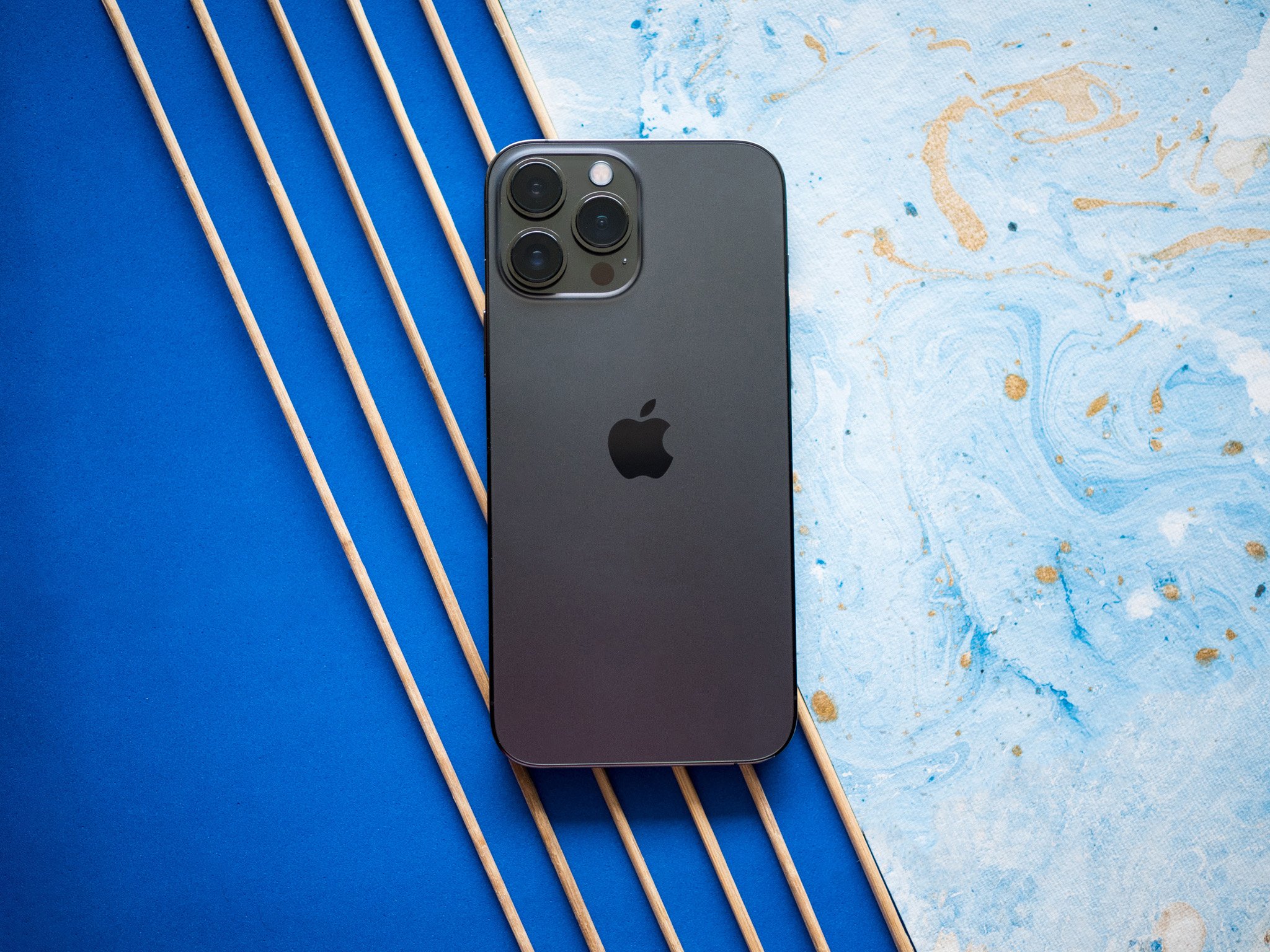Apple extends lead over Samsung in the premium segment — and it's all down to 5G

Apple rounded off a resurgent 2021 by becoming the number one handset manufacturer globally in Q4 2021. Although the overall market witnessed a marginal decline of 3.2% from 2020 — accounting for 362.4 million shipments in total, according to IDC — Apple led the way with 84.9 million shipments.
While those figures are less than the 87.5 million units it managed during the same period in 2020, there are a lot of positives. For one thing, a bulk of Apple's sales in this segment were in the iPhone 13 series, with IDC noting a corresponding increase in the average selling price of iPhones. The numbers bear that out: Apple just posted an all-time quarterly revenue record of $123.9 billion, an 11% year-on-year increase.
There are a lot of factors for this surge in growth. Apple usually tends to do well in the holiday season because its latest phones are introduced in the fall and go on sale in Q4, and the mainstream adoption of 5G acted as a catalyst. IDC's Research Director for Worldwide Device Trackers Nabila Popal said that Apple managed to successfully position the iPhone 13 series as the "next wave" in the upgrade cycle, enticing users of older iPhones to make the switch to 5G.
Furthermore, Apple wasn't as hamstrung by chip shortages as Samsung and Xiaomi. Popal noted that Apple's focus on 5G played a key role here; phones with 5G modems weren't as affected as their 4G counterparts, and with 5G devices accounting for 70% of Apple's global sales volume, it was able to meet the demand. By contrast, over 60% of Samsung and Xiaomi devices sold in the same period were 4G-only devices, and the Android manufacturers were hit badly by the continuing shortages.
Enticing trade-in deals in the U.S. and aggressive pricing in China boosted iPhone 13 sales.
Of course, generous iPhone 13 carriers trade-in offers sweetened the deal, and the end result was that the U.S. market accounted for 31% of Apple's overall sales figures. Another important factor was China; Apple saw heady gains in China on the back of the iPhone 13 series, recording its strongest figures in over six years. It managed to achieve that by being more aggressive with the pricing of its latest flagship.
IDC's data shows China accounting for 21% of Apple's global sales volume, a year-over-year increase of a staggering 40%. Popal noted that a lot of this growth had to do with the decline of Huawei over the last two years; Huawei was a huge player in China's premium segment, and with the homegrown brand's efforts significantly curtailed by trade bans, customers switched over to Apple.

In fact, Apple managed to extend its lead in the premium segment (over $800) in most global markets. In 2020, Samsung used to have a 29% market share in this category, but that figure now stands at 18% — and it doesn't take a genius to figure out who captured that share. Apple went from 63% to 79% in the same period; the brand utterly dominates this category. It's no wonder that it saw a record-breaking quarter in Q4 2021.
Get the latest news from Android Central, your trusted companion in the world of Android
Apple now accounts for 79% of the premium segment.
Apple also had its best year in India, recording 2.3 million units, an increase of 34% from 2020. As noted by Bloomberg, Apple netted $2.09 billion in revenue from the country, outmatching second-place Samsung in this area despite the Korean brand selling over three times as many phones in the same window.
While the country isn't a major market for Apple just yet, it holds a lot of potential, particularly in the mid-tier segment. Sales of older iPhone models continue to be brisk during seasonal e-commerce sales, and Apple heavily discounted the iPhone 12 to incentivize buyers to pick up the year-old flagship.
As a result of all these efforts, Apple recorded a 15.9% growth globally in 2021, with 235.7 million shipments. Apple aims to build on that momentum in 2022 and is likely to introduce a 5G-enabled iPhone SE in the coming quarter. Popal notes that the company will be able to hold on to its position in the premium category in 2022 thanks to its "extremely loyal userbase."
For its part, Samsung has pivoted to foldables like the Galaxy Z Fold 3 to spur sales in the high-end category, and the upcoming Galaxy S22 is set to challenge for the title of the best Android phone of the year. Most of Samsung's sales momentum over the last two years has been on the back of the mid-range Galaxy A series, and while it has seen some uptick for foldables — particularly in North America — it is still a nascent category, and it is unlikely to close the gap to Apple on the back of foldables.

Harish Jonnalagadda is Android Central's Senior Editor overseeing mobile coverage. In his current role, he leads the site's coverage of Chinese phone brands, networking products, and AV gear. He has been testing phones for over a decade, and has extensive experience in mobile hardware and the global semiconductor industry. Contact him on Twitter at @chunkynerd.
